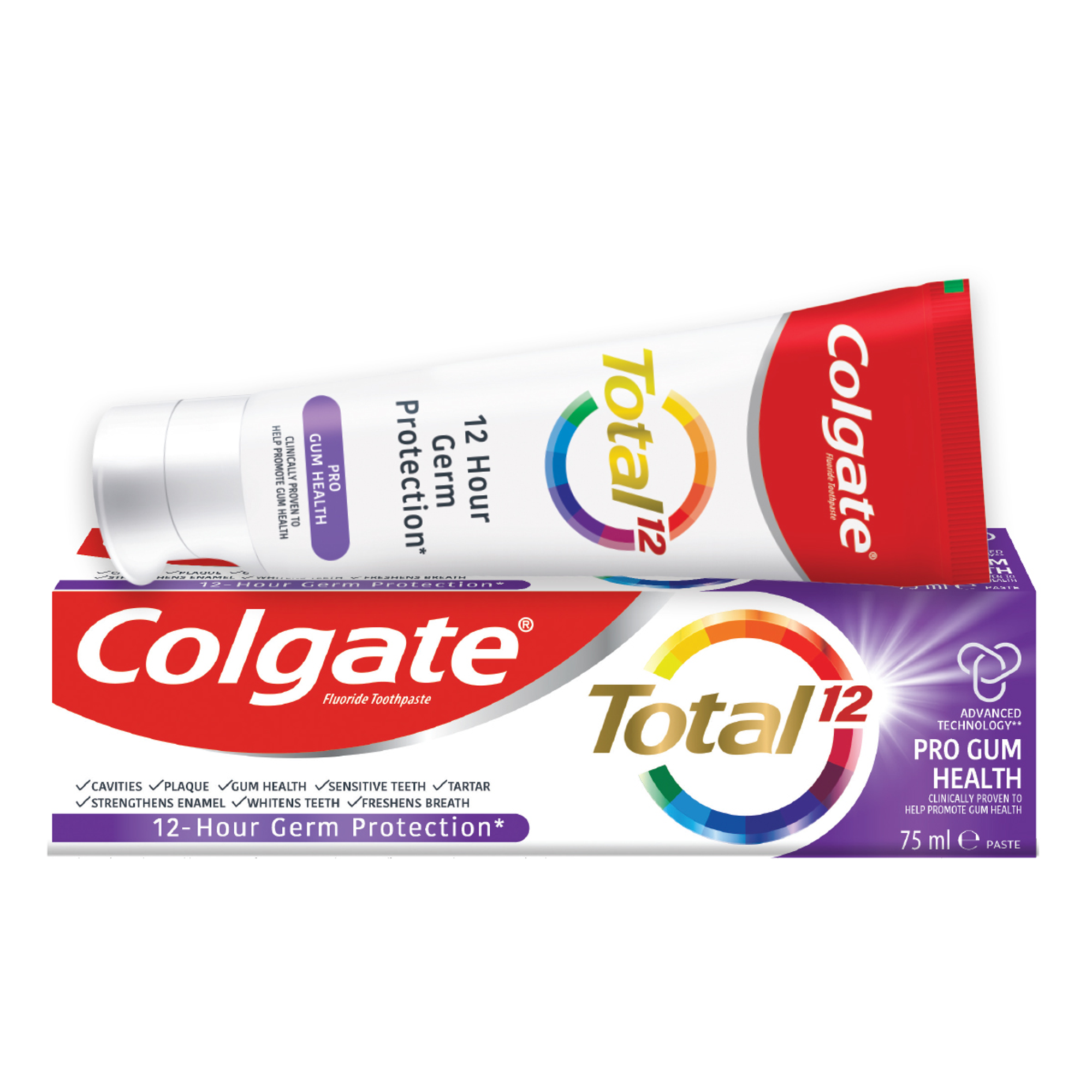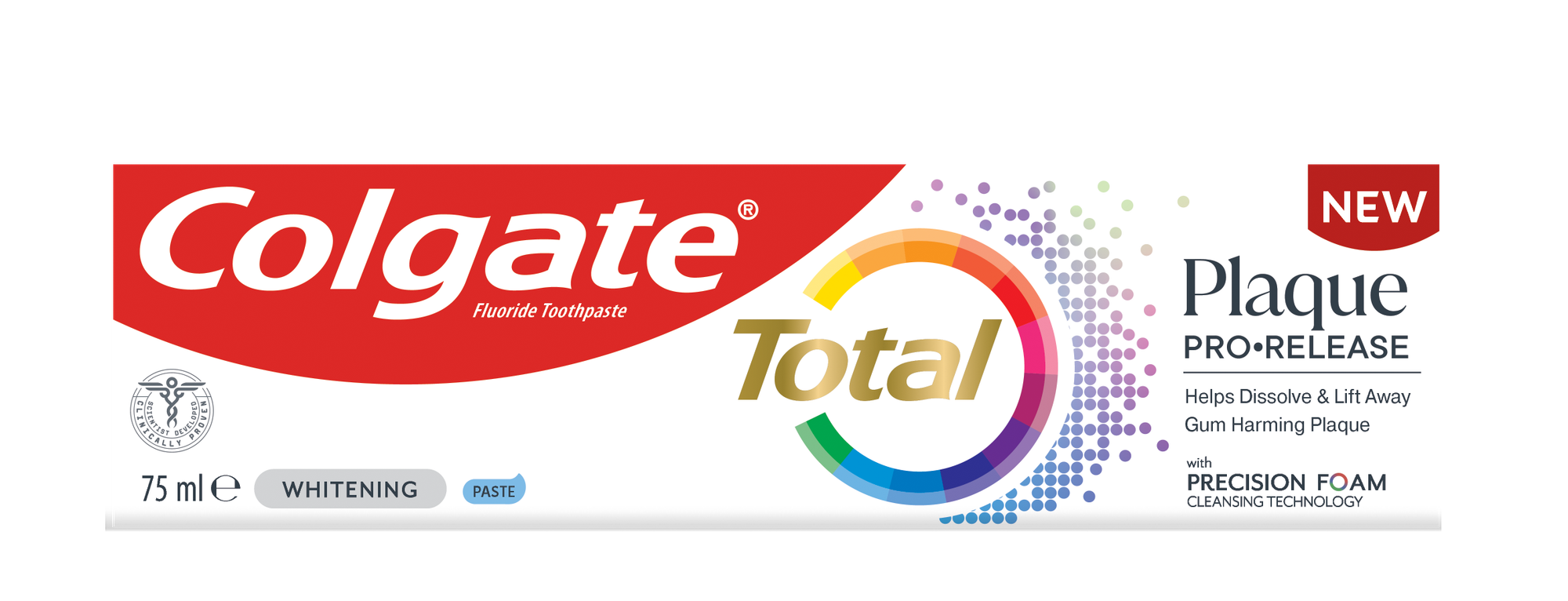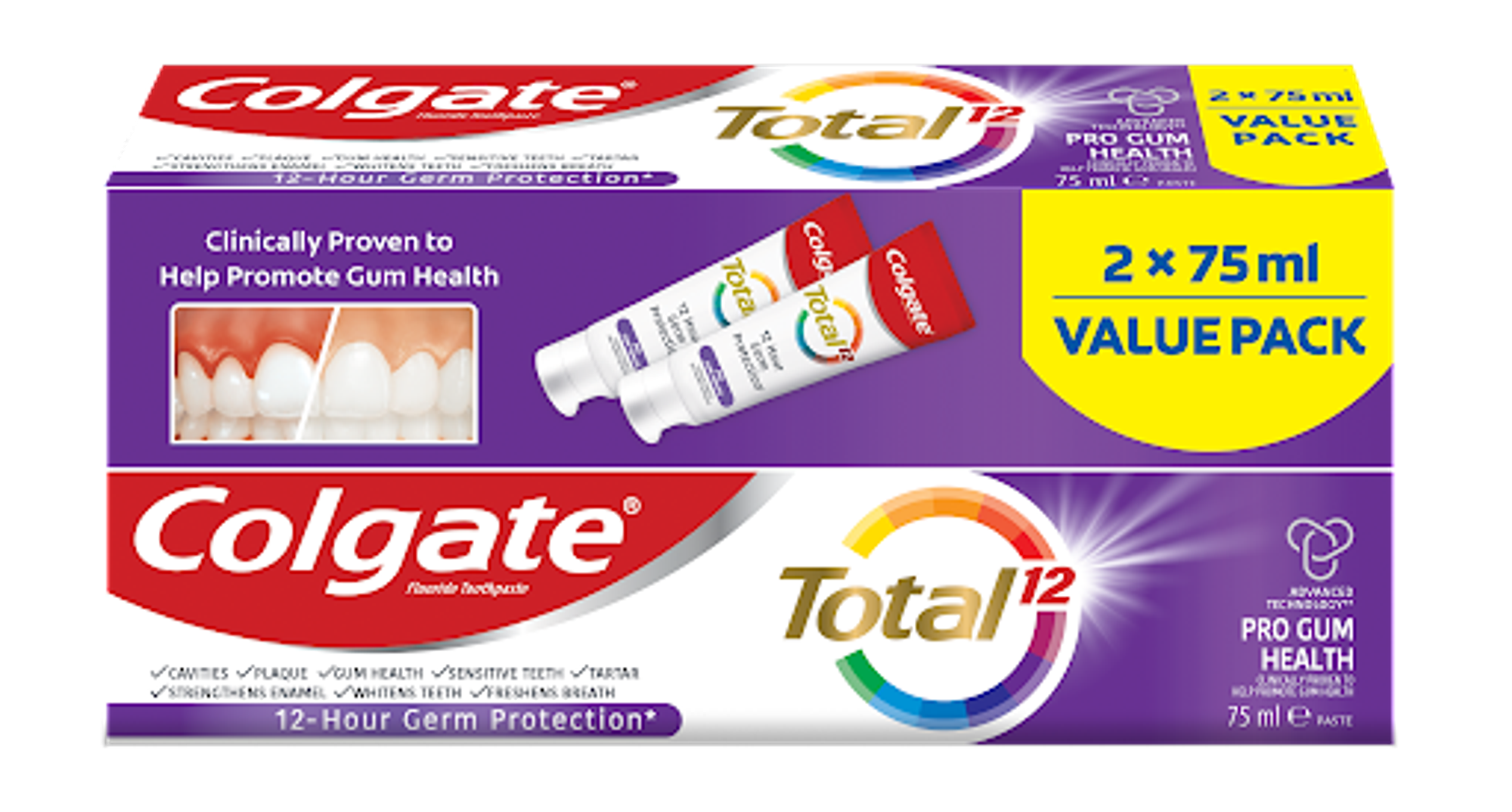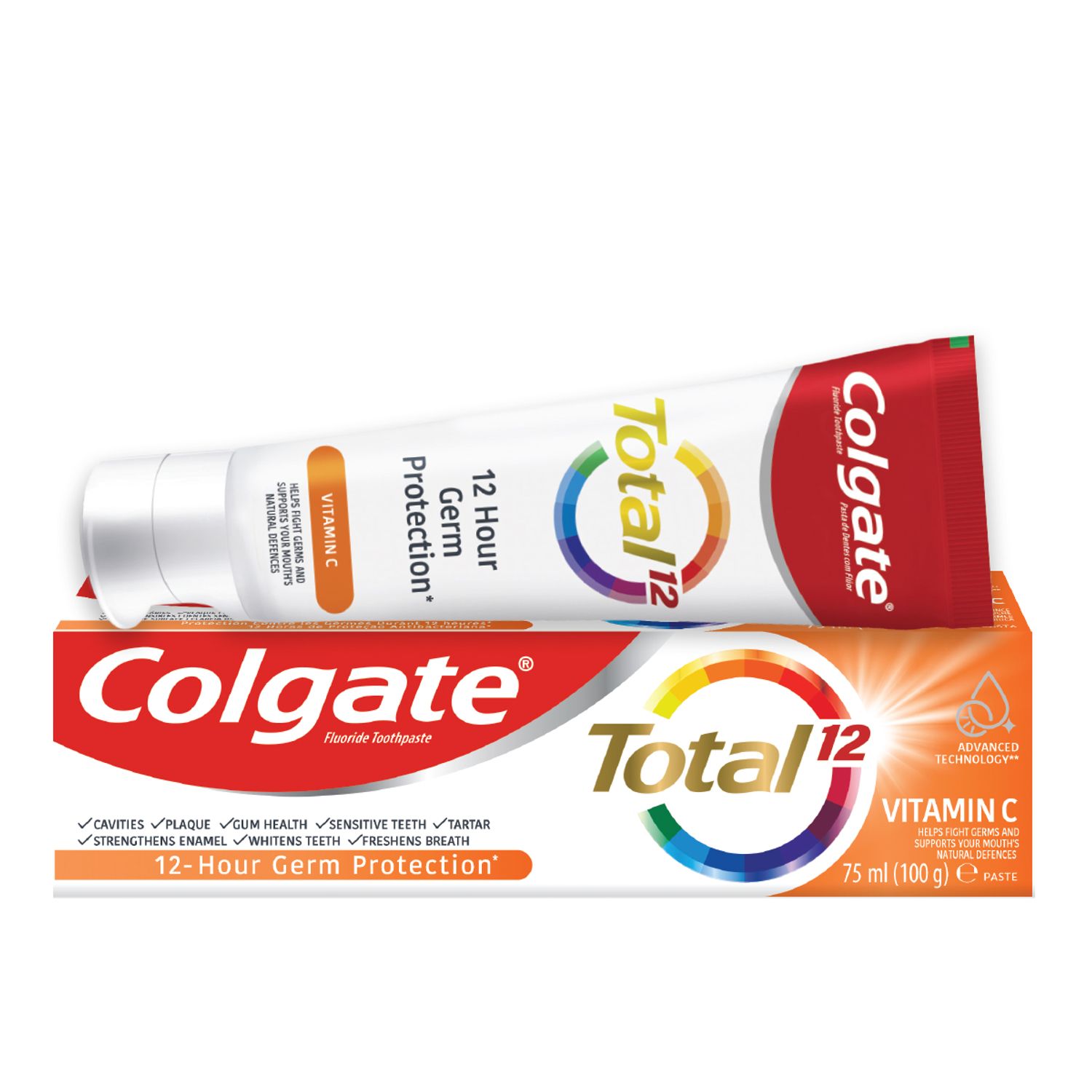-
-

CAVITIES
Can You Heal A Cavity At Home?You feel a sharp pain when you bite down or try to eat. You think it's a cavity, but you're not 100 percent sure...

BAD BREATH
How To Cure Bad BreathMore commonly known as bad breath, halitosis is an embarrassing hygiene issue that nobody wants, but some of us get every now and then...
-
Science & Innovation
- Colgate® | Toothpaste, Toothbrushes & Oral Care Resources
- Oral Health
- 3 Treatment Options for a Gummy Smile


When you smile, how much of your gums can you see? An excess of gum tissue that shows when smiling (also called excessive gingival display) can affect your self-confidence and discourage you from displaying your pearly whites. Luckily, this condition is treatable with the help of your dental team.
What Is a Gummy Smile?
A smile with more than 2 millimetres of exposed gum is termed a gummy smile (GS). There are several causes of GS, including:
- Altered eruption of the teeth during childhood
- Downward movement of the upper teeth or excessive growth of the upper jawbone
- Short or overactive upper lip muscles, such as the levator labii superioris and levator anguli oris, which lift the lip upward.
If you have this condition, rest assured that gummy smiles are quite common. They are found in 10.5% to 29% of the population and are more common in females.
Treatments for Gummy Smiles
Discussing your condition with your dental professional is essential, as they will diagnose the exact cause of the issue and determine the best treatment option. Here are three common treatments for GS:
Crown Lengthening
This procedure involves removing the excessive gum tissue to expose more of the crown of the tooth, as well as sculpting the gumline to make it higher up. This is performed by a specialist known as a periodontist.
There are two parts to this procedure: gingivectomy (removal of the excess gum tissue) and osseous surgery. (removal of the excess bone and shaping the jawbone). Whether both stages need to be completed depends on each patient and how much excess gum tissue there is.Botulinum Toxin (BT) Injection
When you think of botulinum toxin (BT), you may picture treatment used to smooth lines and wrinkles on the face. BT has many other medical uses, however, such as in the treatment of GS.
BT injections can be useful for GS cases that involve overactive lip muscles. In these circumstances, BT should be injected in small doses to limit over-contraction of the upper lip muscles, which can have the opposite effect of the desired outcome. This treatment typically lasts for three to six months and must be repeated every six months to one year. Dentists or medical doctors who have appropriate training can perform this procedure.Orthodontic Treatment or Surgery
If a GS is caused by the downward movement of the upper teeth or excessive growth of the upper jawbone, it can be managed by an orthodontist who specialises in straightening the teeth and jaw. He or she may use orthodontic appliances to push the teeth upward, or work with surgeons to surgically move the teeth upward, if necessary.
Ultimately, if you have a gummy smile that you would like treated, speak to your dentist. Depending on the cause, they will be able to advise you on the most appropriate treatment option.
Related Articles


While blenders and ice crushers are perfect for crunching ice cubes, teeth are not. Find the perfect alternative to ice crunching here!

Migraines can come with a variety of symptoms. A migraine can sometimes be triggered by tooth pain caused by jaw disorders like TMJ, teeth grinding, and toothaches.
Related Products

Helping dental professionals
More professionals across the world trust Colgate. Find resources, products, and information to give your patients a healthier future








